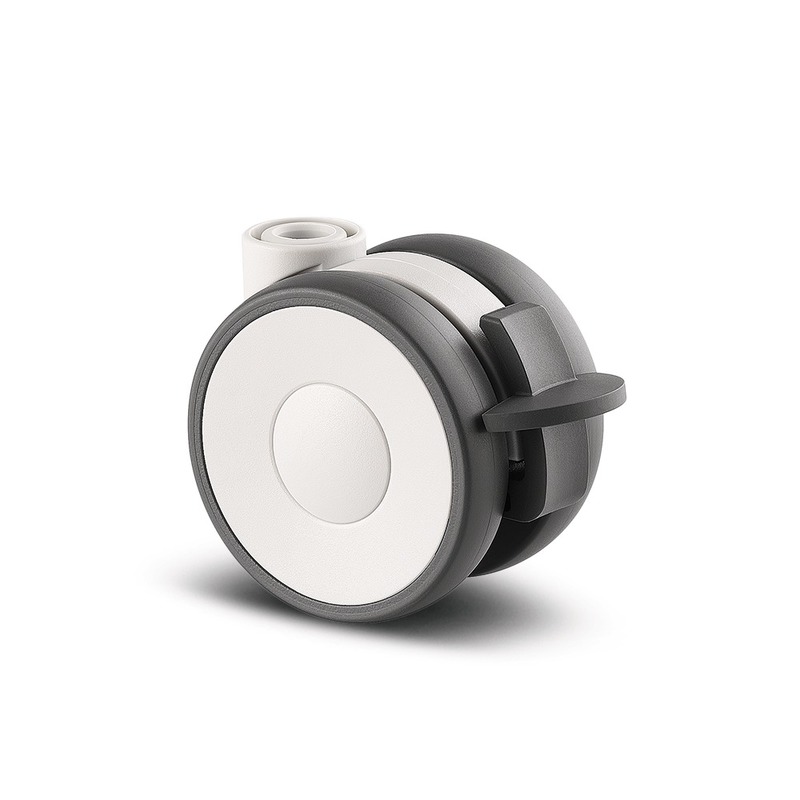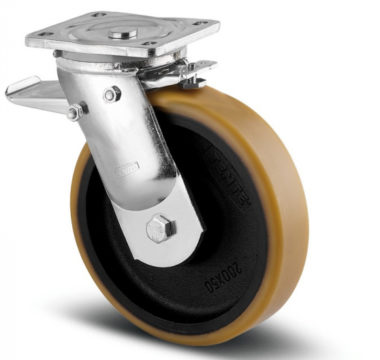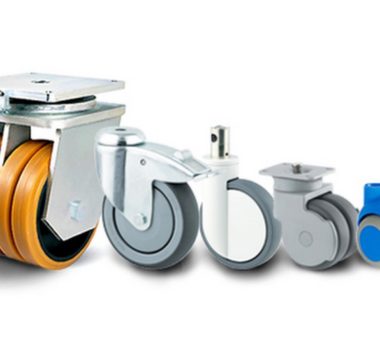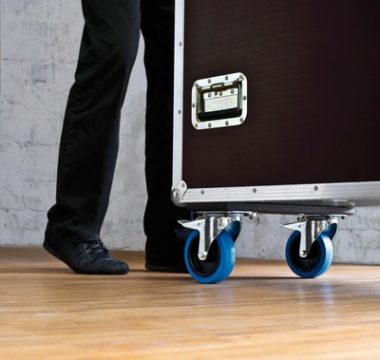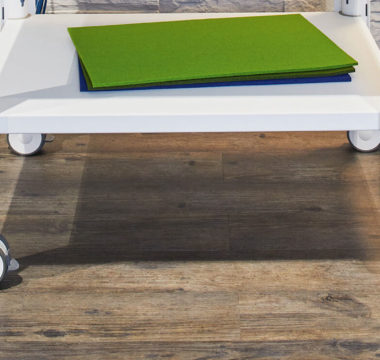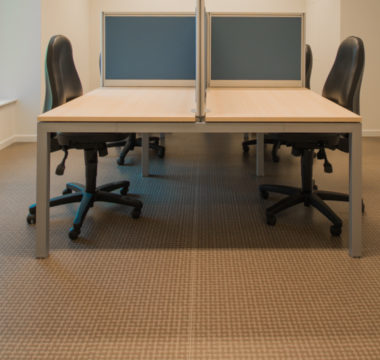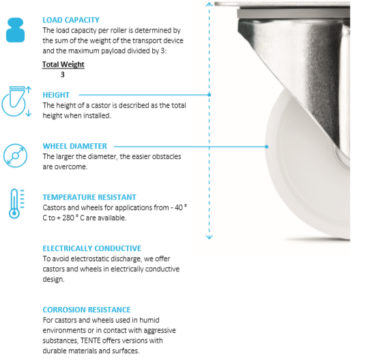Castors are the ideal solution for adding mobility to any equipment, furnishings, or machinery. Castors have been the finest answer for decades. They are continuously useful all over the world, from heavy industries in China moving massive pieces of equipment on a daily basis, to individuals in London who want to move furniture about their home.
You may effortlessly move around objects in any horizontal direction thanks to castor wheels, giving you smooth mobility on most types of surfaces. Are you wondering what to do when your cart needs to come to a stop and you want it to stay in place, especially if you’re moving heavy-duty materials? During these moments, you’ll need the correct sort of brakes to keep the wheels in position, but how do you know what’s right for your castors?
The various sorts of castor brakes available on the market are listed below. The list covers their distinct advantages and applications, so you can pick the best brake for you.
Total Lock Brakes
There’s no doubt about it, this is one of the most popular brakes on the market. The reason it has become one of the most utilised and sought-after brakes is due to its simplicity of use, which firstly bears mention. Simply press your foot onto the foot pedal to put a brake on your castors.
Another reason for its popularity is that it is easy to maintain. Brake levers on industrial castors form part of the castor housing, making the brake stronger and more durable. Synthetic (Thermoplastic) total lock brakes use a positive braking system (not friction braking). Furthermore, the most compelling reason as to why it’s so popular among customers is because it can simply stop all forms of swivelling and rotating movement.
Intermittent Brakes
Intermittent brakes, which are different from the more popular castor designs, aren’t used as often. However, in certain environments, they may be quite useful. When any weight is put on the castor, the brake engages. In most cases, these brakes prevent motion by stopping operation until the load is removed. This implies that they aren’t always the greatest alternatives for machinery and furnishings that need to be transported.
Directional Locking Brakes
When you’re transporting a sofa, for example, it’s best to use brakes that lock castors and can be used with swivel castors. These brakes may be utilised to lock the wheels in a 90 degree position when needed, allowing one person to move a heavy piece of furniture or equipment through tight spaces. When the directional locking brakes are activated from a foot pedal, the swivel head is locked only, not the wheel, transforming the function of a swivel castor into a fixed direction castor.
Central Locking Castor Brakes
A central locking mechanism locks several castors at once and thus effectively immobilises the transport equipment and prevents it from rolling away or shifting. In contrast to individual locks, this system is connected to at least two castors, and can also directly affect all of the castors. Central locking is useful for all applications where equipment has to be constantly moved and stopped again.
Leading Brake
Leading Brake Castors are great for situations where you don’t want the foot-operated brake pedal to get lost beneath the equipment when you move it. There is no following brake flutter, and the foot pedal may be readily accessed.
As you can see, there are many different types of brakes used for castor wheels. The right one for you is totally dependent on the wheels it is going to be used for, as well as what you are intending to move.




